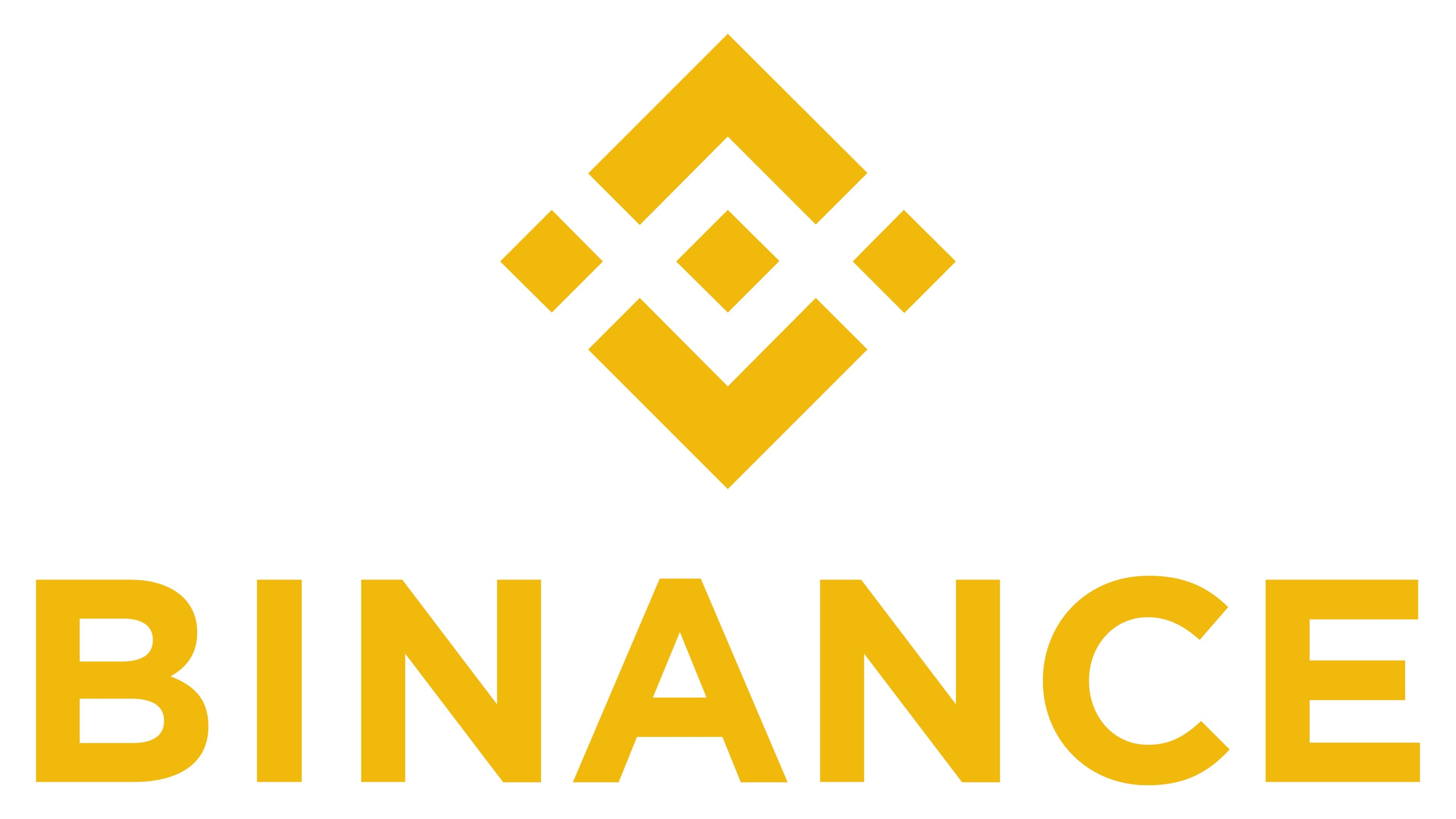So, I was diving into the world of yield farming the other day, and wow—there’s a lot going on beneath the surface that most folks don’t get right away. Seriously, it’s not just about staking tokens and hoping for the best. Something felt off about the usual advice floating around. It’s like everyone’s rushing to jump on the next shiny protocol without thinking how multi-chain support totally shifts the game.
Here’s the thing. When you start juggling multiple blockchains, your approach to yield farming changes dramatically. At first glance, I thought it was all about chasing the highest APRs. But then I realized, wait—how do you even manage assets across chains without losing your mind or, worse, your funds?
Let me be honest: managing crypto assets across Ethereum, Binance Smart Chain, and others isn’t for the faint-hearted. The fragmentation can be a real headache. But that’s where a proper web3 wallet becomes your best ally. It’s not just a storage tool—it’s your control center, your dashboard for navigating this chaos.
Yield farming, in essence, is about putting your crypto to work. But the real magic happens when you exploit the benefits of multi-chain ecosystems. You tap into different protocols, diversify risk, and potentially boost returns. However, it’s tricky. Risks aren’t just about price volatility; smart contract vulnerabilities and cross-chain bridge hacks lurk in the shadows.
Hmm… on one hand, some platforms hype insanely high yields, but on the other, you’ve got to ask—what’s the catch? Often, the yields come with strings attached, like hidden fees or lock-up periods that aren’t obvious at first.
And yeah, I get it. The allure of doubling or tripling your crypto is tempting. But here’s what bugs me about a lot of beginner guides—they skip over how to actually *manage* your portfolio across chains. You can’t just throw tokens into a pool on Ethereum and ignore assets on BSC or Polygon. Your strategy must be holistic.
Check this out—imagine you’re farming on Binance Smart Chain, but your yield gets automatically reinvested into another chain’s protocol. Without a seamless multi-chain wallet interface, tracking this becomes a nightmare. Who wants to log into multiple dApps, remember different private keys, and constantly switch networks? Not me.
Actually, wait—let me rephrase that. It’s *possible* to do manual cross-chain farming, but it’s inefficient and error-prone. I’ve seen people lose funds because they sent tokens to the wrong chain address or forgot to approve transactions in time.
That’s why I’m a big fan of wallets designed with multi-chain support from the ground up. They provide a unified experience, letting you monitor, move, and stake assets effortlessly across networks. And with the rise of Binance’s ecosystem, using their official web3 wallet simplifies things even more—trust me, it cuts down on so much friction.
Now, a quick tangent—yield farming isn’t a set-it-and-forget-it deal. The DeFi landscape evolves rapidly. Protocols come and go, and yield rates fluctuate wildly. Your instinct has to stay sharp, continuously scanning for new opportunities or warning signs.
For instance, I recently noticed a protocol offering sky-high returns but discovered it had no proper audits. My gut said, “Hold up, this smells fishy,” and sure enough, a week later, it got rug pulled. You gotta stay vigilant.
On the flip side, some tried-and-true protocols might offer modest yields but with rock-solid security. Sometimes the safer bet is better, especially when you’re managing a multi-chain portfolio that can get complicated fast.
Why Multi-Chain Support Is More Than a Buzzword
Initially, I thought multi-chain support was just about convenience. Though actually, it’s a fundamental shift in how crypto management works. The blockchain world is no longer a single-lane highway but a sprawling network of interconnected paths.
Being able to move assets seamlessly between chains means you’re not stuck with the limitations or high fees of one network. For example, Ethereum gas fees can be brutal, especially during peak times. Having options to farm or swap on Binance Smart Chain or Polygon can save you serious money, increasing net yields.
But here’s the kicker—without a robust multi-chain wallet, you risk fragmentation. Your crypto assets might be spread thinly across wallets and exchanges, making it hard to get a clear picture of your holdings or make quick decisions.
So, the right tool isn’t just about holding tokens safely. A truly effective web3 wallet offers portfolio analytics, lets you approve transactions in one place, and even integrates with popular DeFi protocols. That’s the kind of integration that turns a chaotic juggling act into a smooth operation.

Okay, so check this out—imagine waking up every morning and seeing your entire crypto farm’s performance aggregated in one spot. No more hopping between 5 different apps or stressing about missing a deadline for reinvestment.
But I’m biased, because I’ve had to manually track yields across chains and trust me—it’s no fun. There’s also the psychological side; when your portfolio is scattered, it’s easy to feel overwhelmed or second-guess your decisions.
Something else I want to highlight: security. The more chains and protocols you interact with, the larger your attack surface becomes. So, your wallet choice isn’t just about usability but also about safeguarding your assets. Multi-chain wallets often incorporate advanced security features like hardware wallet compatibility and biometric authentication, which add layers of protection.
Still, no system is perfect. Phishing attacks and human error are ever-present threats. So, while a multi-chain web3 wallet is a powerful tool, your personal security hygiene remains critical.
Wrapping It Up (But Not Really)
So, circling back—yield farming combined with multi-chain support isn’t just a fad; it’s the future of crypto asset management. Initially, I underestimated the complexity, but now I see how essential it is to have tools that match the ecosystem’s pace and diversity.
I’m not 100% sure where this will all lead long-term, especially with regulatory uncertainty and tech risks. But for anyone deep in the Binance ecosystem or just starting, embracing a multi-chain web3 wallet is not just smart—it’s necessary.
Anyway, that’s my two cents. If you’re serious about farming yields without losing your sanity (or your crypto), start there. The landscape is wild, but with the right approach, there’s a lot to gain.
Frequently Asked Questions
What exactly is yield farming?
Yield farming involves staking or lending crypto assets in DeFi protocols to earn interest or rewards. Think of it like putting your money in a savings account, but often with higher returns—and higher risks.
Why is multi-chain support important?
Because different blockchains have different fees, speeds, and protocols. Multi-chain support lets you diversify and optimize your strategy without being locked into one ecosystem.
Can I manage multiple chains in one wallet?
Yes! Many advanced web3 wallets offer seamless multi-chain management, making it easier to track and interact across different blockchains.
